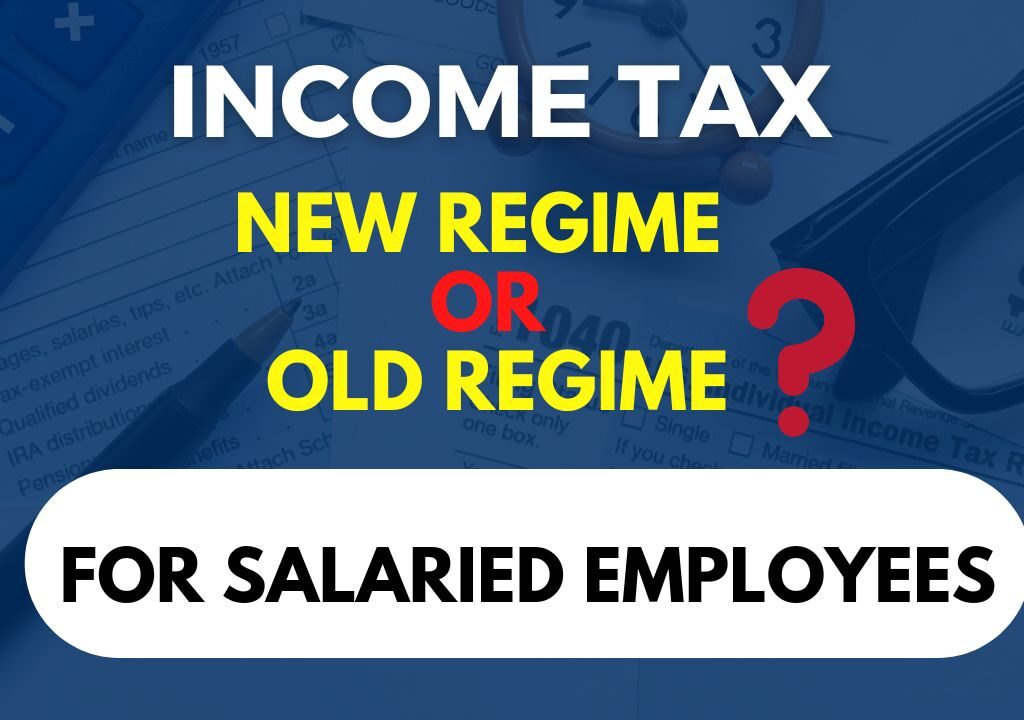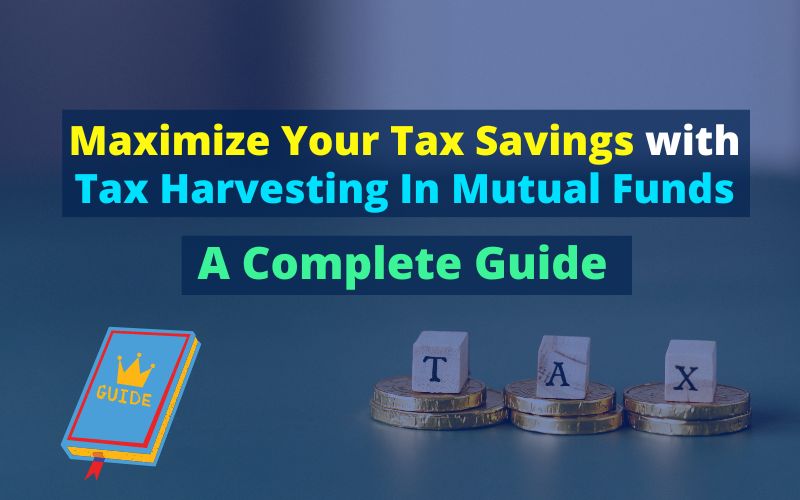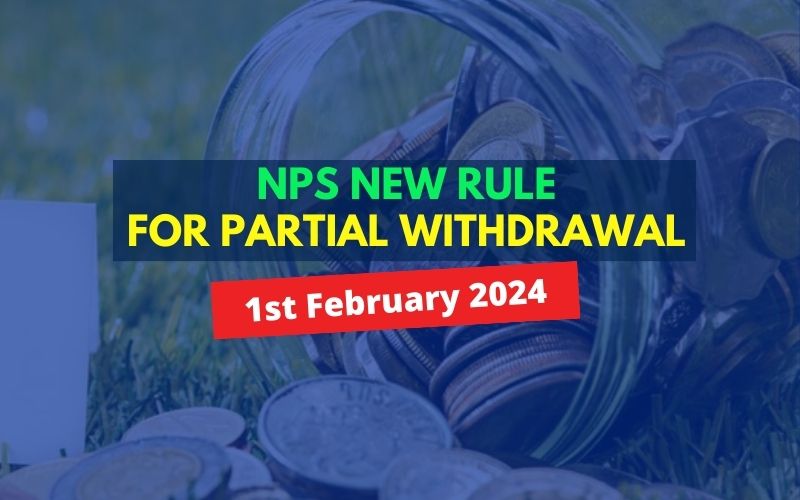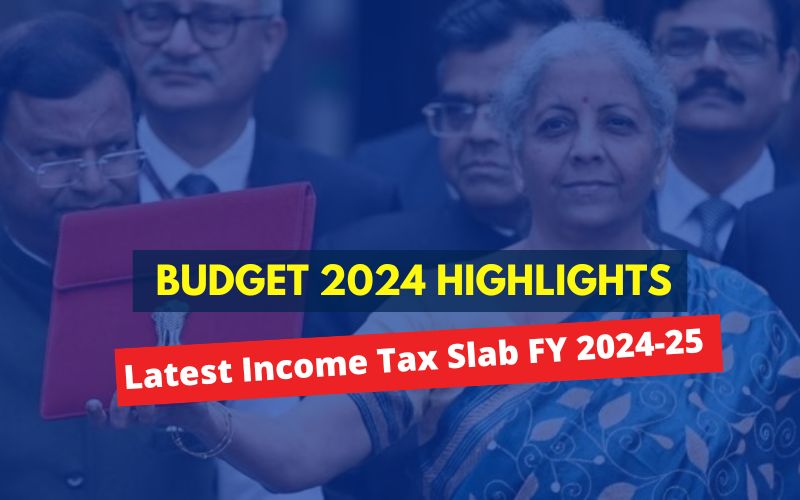Post-union budget announcement 2023, the biggest question for individual salaried employees is which regime benefits them for FY 2023-24, the revised new or old tax regime.

Table of Contents
What is the Income Tax New Regime and the Old Regime?
The significant difference between the Income tax new and old regimes is that the new regime does not allow to claim of tax deductions and exemptions. On the contrary, the old regime gives taxpayers an option to claim tax benefits against exemptions and deductions :
1) Exemption: To take advantage of their salary component like HRA, LTA, Mobile Reimbursement, Petrol Reimbursement claim deduction, etc
2) Deductions – To claim tax benefits under Section 24 and Chapter VI-A of the IT Act 1961, like sections 80C, 80D, 80TTA, 80G, etc.
In the union budget announcement on 1st Feb 2023, it was said that for FY 2023-24:
- The New tax regime is to be made by default tax regime. However, individual taxpayers will have the option to choose anyone.
- Taxpayers choosing the new tax regime will pay zero tax up to an income of Rs. 7 lakhs p.a., which was earlier Rs. 5 lakhs.
- An individual salaried employee can claim a standard deduction benefit of Rs. 50,000 and a family pension of Rs. 15,000, which was not available earlier under the new regime.
- There is a change in the tax slab under the new tax regime.
Old Tax Regime verse the Revised New Tax Regime
Now let’s understand the difference between the tax slab of the old regime and the revised new tax regime.
| Old Regime Tax Slab | Tax Rate (%) | Revised New Regime Tax Slab | Tax Rate (%) |
| 0 – 2.5 lakhs | NIL | 0 – 3 lakhs | Nil |
| 2.5 – 5 lakhs | 5% | 3 – 6 lakhs | 5% |
| 5 – 10 lakhs | 20% | 6 lakhs – 9 lakhs | 10% |
| Above 10 lakhs | 30% | 9 lakhs – 12 lakhs | 15% |
| – | – | 12 lakhs – 15 lakhs | 20% |
| – | – | Above 15 lakhs | 30% |
If you look closely at the slab of the old regime, one has to pay 20% tax for income between 5 – 10 lakhs, whereas, in the revised new tax regime, it is for income between 12 – 15 lakhs.
This may look like the revised tax slab is more beneficial. In contrast, in the old tax regime, you could reduce taxes by taking advantage of the salary component and tax deduction options. In contrast, in the revised new regime, taxpayers don’t have a choice but to pay tax if the income exceeds Rs. 7 lakhs (excluding a standard deduction of Rs. 50,000). Hence, tax planning is still essential.
Here is an analysis that shows the maximum deductions a salaried employee needs to claim to remain tax neutral in both income tax regimes. That also means if your exemption is more than the specified, then the old regime will be beneficial.
| Annual Income | Deductions one must claim to remain tax neutral ( In Old Tax Regime) | Tax payable in the old tax regime | Tax payable in the revised new tax regime |
| Rs 7.5 lakhs | Rs. 2,50,000 | – | – |
| Rs. 10 lakhs | Rs. 3,00,000 | Rs. 54,600 | Rs. 54,600 |
| Rs. 12.5 lakhs | Rs. 3,62,500 | Rs. 93,600 | Rs. 93,600 |
| Rs. 15 lakhs | Rs. 4,08,332 | Rs. 1,45,600 | Rs. 1,45,600 |
Source: EY India & ET
According to the analysis, post considering the standard deduction of Rs. 50,000 in the revised new tax regime, the break-even salary is Rs.7.5 lakh.
In the old tax regime, an individual salaried employee with a salary income of Rs. 7.5 lakh could bring down their tax liability to zero by claiming total deductions and exemptions of Rs. 2.5 lakh and eligible rebates under Section 87A in the old tax regime, and their tax liability becomes zero.

And the excellent part for salaried individuals is that they can switch between new and old regimes every year and file their income tax under whichever regime they find beneficial.
Conclusion
To understand which tax regime benefits you as an individual employee, the focus should be to bring down your gross income to Rs. 5 lakhs by claiming benefits against all the sections of the IT Act, 1961, that make your tax liability zero.
A simple trick to do the same is by adding all the exemptions and deductions available to you and subtracting them from your gross salary, and then applying the slab rule for the same to find the tax payable.
Example:
Your gross salary is Rs. 10 lakhs, and the total sum of the exemptions and deductions is Rs. 5 lakhs, including the standard deduction of Rs. 50,000; then, you don’t have to pay tax. However, if the total sum of the exemptions and deductions is less than Rs. 5 lakhs (in this example), the old regime income tax slab will be applied.
You can also use this quick calculator to analyze your tax liability.
Other Important Budget Highlights related to Personal Finance
- No change in the old tax regime.
- No change in capital gain tax rates.
- Post office MIS Maximum investment limit increased:
- a) For a single account from Rs. 4.5 lakhs to Rs. 9 lakhs.
- b) For joint accounts from Rs. 9 lakhs to Rs. 15 lakhs.
- Senior Citizen Savings Scheme (SCSS) Maximum investment limit increased from Rs. 15 lakhs to Rs. 30 lakhs.
- Women’s special scheme introduced at a fixed interest of 7.5% for the next 2 years.
Important Articles related to Personal Finance
- Money management tips for beginners
- Tax Planning For Salaried Employees
- Investment Planning For Salaried Employees
- Mutual Fund KYC Online Registration
- How To Invest In Direct Mutual Funds?
- How To Start SIP Investment In Mutual Funds?
- 5 Mutual Fund Types: Learn To Choose The Right Fund For You
Important Calculators
Frequently Asked Questions
✓ What is the new tax regime?
In the union budget announcement on 1st Feb 2023, it was said that for FY 2023-24 the new tax regime is to be made by default tax regime. However, individual taxpayers will have the option to choose anyone.
Taxpayers choosing the new tax regime will pay zero tax up to an income of Rs. 7 lakhs p.a., which was earlier Rs. 5 lakhs.
✓ What is the difference between a new tax regime and a revised new tax regime?
1. The tax slab in the revised new tax regime has been changed, and now the tax exemption limit has been increased from Rs. 2.5 lakhs to Rs. 3 lakhs.
2. A tax rebate on the income of Rs.7 lakhs has been introduced under the new tax regime.
3. Standard deduction of Rs. 50,000 for individual salaried employees and Rs. 15,000 for family pension has been introduced.








